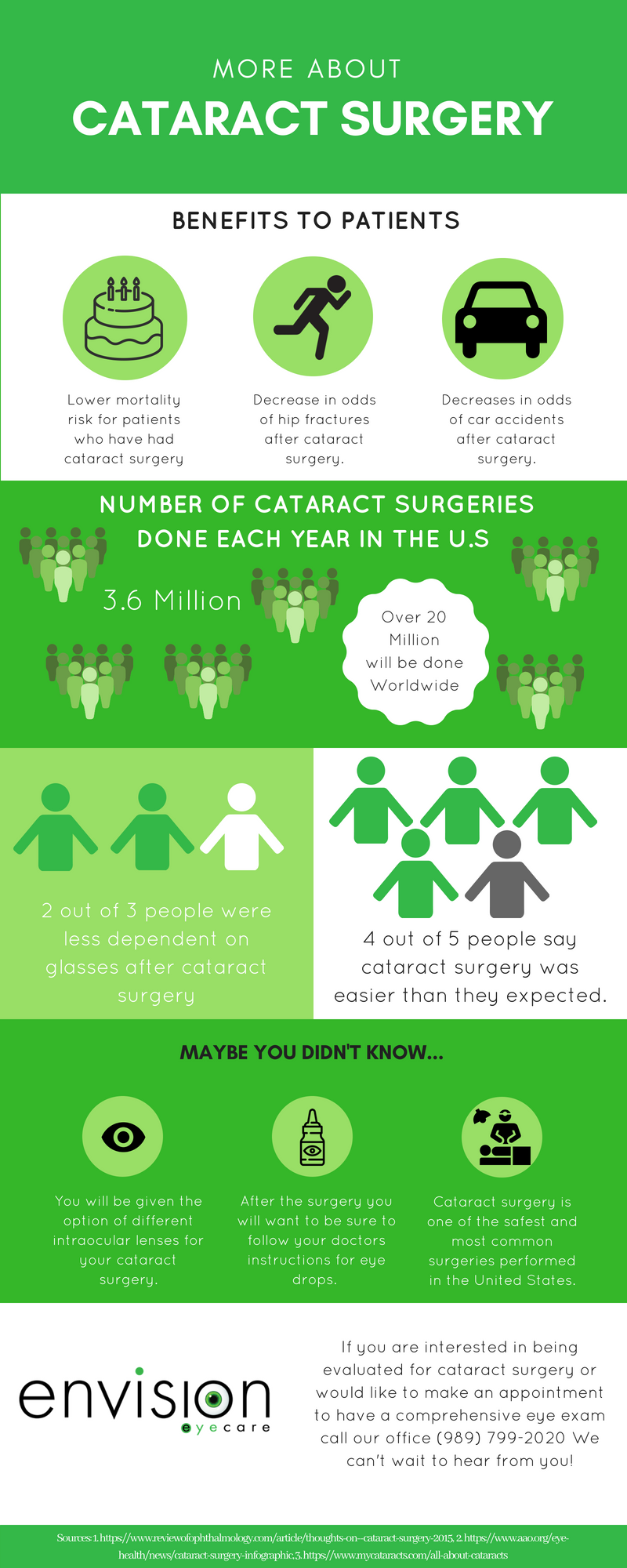Did you understand that the advancement of glaucoma therapy techniques extends centuries, encompassing both conventional solutions and advanced innovations? From old organic concoctions to innovative Minimally Intrusive Glaucoma Surgery techniques, the spectrum of choices is substantial. As you delve into the ins and outs of typical versus cutting-edge strategies, you might discover surprising insights that test standard point of views on treating this widespread eye problem.
Historical Evolution of Glaucoma Treatments
The historical advancement of glaucoma therapies goes back to old people where various remedies were utilized to handle the condition. In old Egypt, as an example, treatments involved a mixture of honey, fat, and sour milk put on the eyes. https://health.clevelandclinic.org/turned-down-for-lasik-consider-smile-for-nearsightedness/ and Romans likewise added to early glaucoma treatments with a focus on topical applications and nutritional treatments. Throughout background, diverse societies established special approaches to ease the symptoms of glaucoma, often rooted in natural treatments and superstitions.
As time progressed, developments in clinical expertise caused more organized methods to dealing with glaucoma. In the Middle Ages, Arabic scholars made considerable payments by examining the makeup of the eye and developing medical techniques to deal with eye problems. visit web site laid the foundation for contemporary glaucoma treatments that we have actually today. Comprehending the historical context of glaucoma therapies gives beneficial insights into the continual progress and improvement of medical practices over the centuries.
Contrast of Typical Methods
In contrasting standard techniques for dealing with glaucoma, take into consideration the historical contexts and effectiveness of numerous solutions.
Standard treatments for glaucoma have actually advanced over centuries, from old techniques like utilizing honey and wine to a lot more current developments such as eye decreases and surgical procedures. Historically, solutions like the application of leeches or organic mixtures were used to relieve signs and symptoms, but their performance was limited.
As time advanced, techniques like iridectomy, where a part of the iris is eliminated, became prominent for reducing intraocular pressure. cataract surgery and macular degeneration , like making use of dental medications to reduce eye pressure, have actually stood the test of time and are still made use of today. Nonetheless, these treatments frequently include adverse effects and may not be as reliable as modern choices.
It's important to evaluate the historic relevance of conventional glaucoma treatments against their efficiency in the context of current medical improvements.
Evaluation of Cutting-edge Therapy Strategies
Thinking about the evolving landscape of glaucoma therapy, ingenious strategies are revolutionizing the means this eye condition is handled.
One noteworthy development is minimally intrusive glaucoma surgical procedure (MIGS), which supplies a much less intrusive option to standard surgical procedures. MIGS aims to decrease intraocular stress by improving the eye's all-natural drain system, leading to fewer difficulties and faster recovery times compared to traditional surgical procedures.
Additionally, the advancement of sustained-release medicine shipment systems has actually supplied an extra effective way to provide glaucoma drug. These systems can launch medicine progressively over an extended duration, enhancing client adherence and minimizing the frequency of eye drops.
Furthermore, emerging modern technologies like selective laser trabeculoplasty (SLT) use a non-invasive choice for lowering intraocular pressure by targeting certain cells in the eye's drainage system.
Conclusion
As you assess the advancement of glaucoma therapies, you can see exactly how traditional approaches have actually paved the way for innovative methods to arise.
From ancient solutions to modern-day innovations, the journey of treating this complex eye problem has resembled a rollercoaster ride.
But with new strategies like MIGS and sustained-release medication delivery, the future appearances brighter than ever before for people seeking efficient and much less intrusive services.
